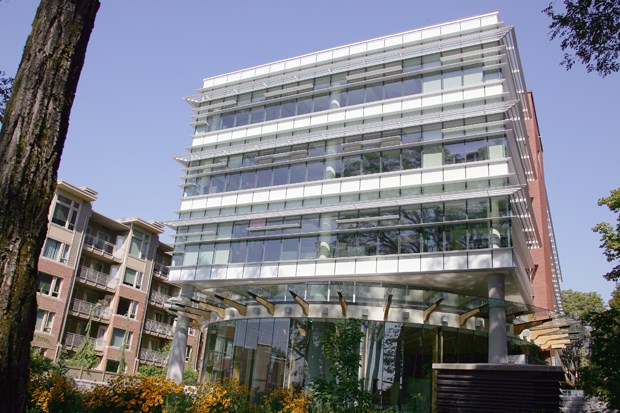If your annual bill for electricity and fuel was $1.6 million, you'd likely be figuring out ways to turn off more lights and dial back the thermostat.
The North Vancouver School District has been doing just that, with the help of an energy management company focused on making energy use more efficient.
The school district's goal is to cut down on energy use by 13 per cent overall by June 2016 by reducing electrical use by 18 per cent and fuel by 10 per cent. That's enough to power eight elementary schools or 400 homes for a year.
With Hydro rates projected to rise roughly 28 per cent in the next five years, the goal has become even more urgent.
Since 2000, the school district has cut its energy consumption by about 30 per cent, according to a recent report presented to school trustees. The bill, however, has continued to rise.
Only about one-third of the district's energy use comes from electricity, but it is still much more expensive than fuel like natural gas. About $930,000 of the $1.6 million annual energy bill goes to Hydro, even though the school district managed to cut back on electrical use by about six per cent in the last year.
Robert Greenwald of Prism Engineering - the company contracted by the school district to help lower energy use - says there are a number of factors that can contribute to higher figures. Some schools have before-and after-school programs that operate longer hours, others rent out facilities or have lots of extra-curricular activities. "That could drive up the energy use," he said.
Among elementary schools, Brooksbank, Cove Cliff, Larson and Ross Road have all had higher-than-average energy usage. To improve that,
Brooksbank and Cove Cliff both had boiler retrofits, paid for by the province through dollars from the Pacific Carbon Trust fund. This summer, Larson will get the same treatment.
Lighting upgrades to more energy-efficient systems have also been carried out or planned for a number of schools.
Sometimes it's not immediately obvious why some schools use more energy than others, said Greenwald.
Interestingly, it's actually not schools or even the oldest buildings that prove to be the biggest energy hogs in the district.
The school district's new administration office on Lonsdale is by far the biggest energy vampire - using about twice the amount of energy per square foot than many schools, despite being built to energy-efficient standards. The cost of energy for that building alone is almost $142,000 per year, according to the report.
Contributing to that is energy used to power and cool modern computer equipment and servers, a temperature and lightcontrolled art gallery, after-hours use and underground parking with ventilation requirements, said Greenwald.
In high schools, the number of students with laptops and cellphones that are often plugged in and charging also contribute to energy costs through hidden "plug load," he said.
By themselves, conservation measures - like not having lights on in classrooms if they aren't needed - can't make up for the energy rate increases the school district is facing. Energy managers are instead focusing on "avoided costs," said Greenwald.
He estimates that energy-saving projects will save about $580,000 in energy costs the school district would have otherwise had to pay by 2017.



